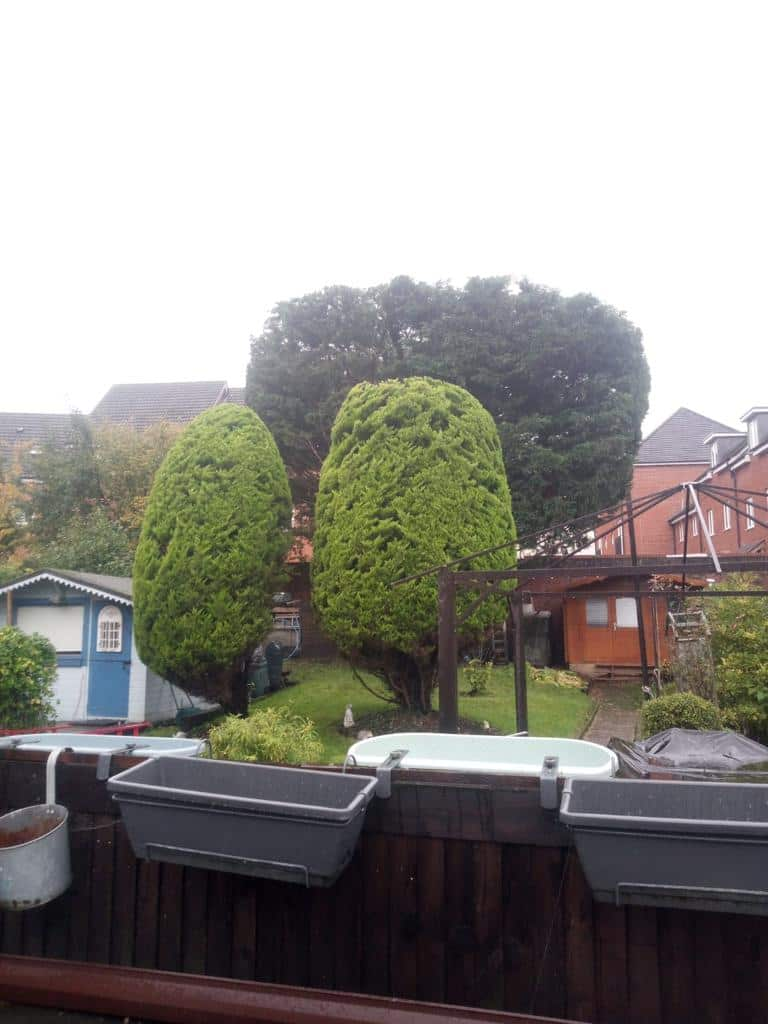When it comes to maintaining trees, many homeowners find the terminology confusing. Two of the most common tree surgery techniques are crown thinning and crown reduction, yet they serve very different purposes. At NS Tree Surgery Redhill, we help property owners across Redhill understand which service will best suit their tree’s health, appearance, and safety.
What Is Crown Thinning?
Crown thinning is the selective removal of small, secondary branches evenly throughout the crown of the tree. The goal is not to change the overall size or shape of the tree, but to:
- Improve light penetration – allowing more sunlight to reach the ground and surrounding plants.
- Enhance air circulation – reducing the risk of fungal diseases that thrive in dense canopies.
- Reduce wind resistance – lowering the chances of storm damage or branch failure.
- Lighten the canopy – without altering the tree’s natural outline.
Crown thinning is ideal for healthy, mature trees where the main goal is to keep the tree looking natural while making it safer and more manageable.
What Is Crown Reduction?
Crown reduction, on the other hand, involves reducing the overall size of the tree’s canopy by shortening selected branches. This technique is used to:
- Control growth – keeping the tree in proportion to its surroundings.
- Prevent interference – avoiding encroachment on buildings, power lines, or neighbouring properties.
- Reduce structural stress – lowering the weight on limbs and reducing the risk of breakage.
- Maintain a safe distance – from roads, footpaths, and overhead structures.
Crown reduction changes the tree’s shape slightly, and it requires a skilled tree surgeon to ensure cuts are made properly to maintain tree health and avoid unnecessary stress.
How to Decide Between the Two
The choice between crown thinning and crown reduction depends on your tree’s needs and your goals as a property owner:
- Choose crown thinning if your tree is healthy but too dense, causing too much shade or limiting air flow.
- Choose crown reduction if your tree has grown too large for its space or poses a risk to nearby structures.
- Always consult a professional like NS Tree Surgery Redhill, as improper pruning can damage the tree or create weak growth points that cause future problems.
Why Professional Tree Surgery Matters
Both crown thinning and crown reduction require precise techniques. Poorly executed work can leave the tree vulnerable to disease, decay, or structural failure. By working with NS Tree Surgery Redhill, you get the expertise needed to balance aesthetics, safety, and tree health.
Conclusion
Crown thinning and crown reduction are both valuable tree management techniques, but they serve distinct purposes. Thinning preserves the tree’s natural shape while allowing more light and air to pass through, whereas reduction actively controls the size and spread of the canopy. The team at NS Tree Surgery Redhill can assess your trees and recommend the most suitable option to keep them safe, attractive, and healthy for years to come.
Call us on: 01737 303 494
Click here to find out more about NS Tree Surgery Redhill
Click here to complete our contact form and see how we can help with your tree needs.

